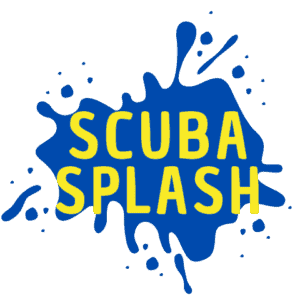With over 30 different PADI specialty dives to choose from it’s hard to pick just one. So, I decided to do a little research and find the most unique and interesting courses to take. Here’s what I found.
PADI specialty dive courses increase diver skills and allow participants to explore specialized interests. In total PADI offers 34 different courses that range from technical skills to ocean awareness. The courses are short and range from 2-4 hours to 1-2 days. The cost differs but you can expect to pay between $200-$300 per course.
Let’s dive right into it. These are in no particular order because all of them are equally interesting and worth taking.
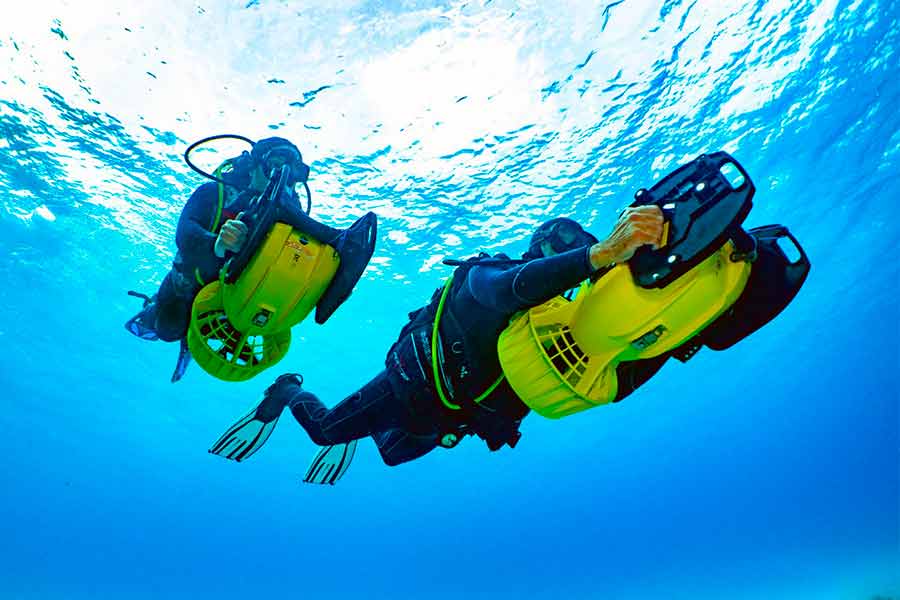
Diver Propulsion Vehicle
A diver propulsion vehicle (DPV) is a device that pulls divers through the water at a higher speed than swimming. They are fun ways to see a larger amount of terrain and require no effort on the part of the diver. Imagine zipping through the water making turns and twisting around on a water scooter.
Students will learn what a DPV is and how they work, how to maintain it, and how to manage any emergencies that may arise. Along with this, divers will learn:
- how to plan a dive
- how to stay with your buddy
- how to maneuver with the DPV.
Everything the course teaches is essential for safely operating a DPV. Since the course is really short there is almost no reason not to take it if you want to experience a DPV.
The course is quick and only takes about 2-4 hours to complete. The majority of it is practicing skills and learning how to actually use a DPV. If you own one you can bring it to the course and learn how to use your specific model correctly. If you don’t have one yet don’t worry, one will be provided during the course.
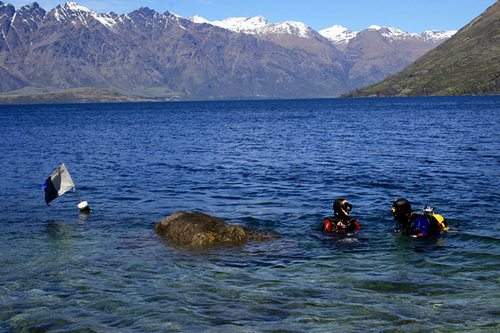
Altitude Diver
Diving in crystal clear waters surrounded by mountains is picturesque and special. The waters contain different types of ecosystems and freshwater fish. You can even find well-preserved wrecks and lost personal items too.
There aren’t too many people who dive at high altitude so it’s definitely a great way to gain new skills and explore greater territory as a diver.
A dive is classified as high altitude when it is at least 1,000 feet (305 m) above sea level. What makes these dives different is that the altitude changes decompression times. The risk of decompression sickness is greater at altitude so taking a PADI course is the perfect way to learn proper procedure.
Decompression sickness is when nitrogen bubbles are released too quickly into the bloodstream due to a sudden change in surrounding pressure. The reason there is a greater chance of decompression sickness at higher altitudes is that the air pressure is lower.
The body is under greater amounts of pressure during dives and when you surface the pressure changes. However, when you surface at higher altitudes the air pressure is so low that the difference is much greater than normal. This increases the chance of decompression sickness. The higher the altitude the greater the risk.
Another element that is different is how much weight you use for the dive. It will be much more weight than you are used to. In some cases, it could be as much as three times the normal amount. The course will also go over the difference in weighting for high altitude diving in freshwater.
In this course students will learn:
- How to plan a dive to reduce surface pressure
- Specialized procedures and techniques
- Adjusting dive computers for altitude
- Effects of pressure at high altitude
- Manage emergency situations
Students will complete 2 full dives at altitude so expect the course to take about half a day.
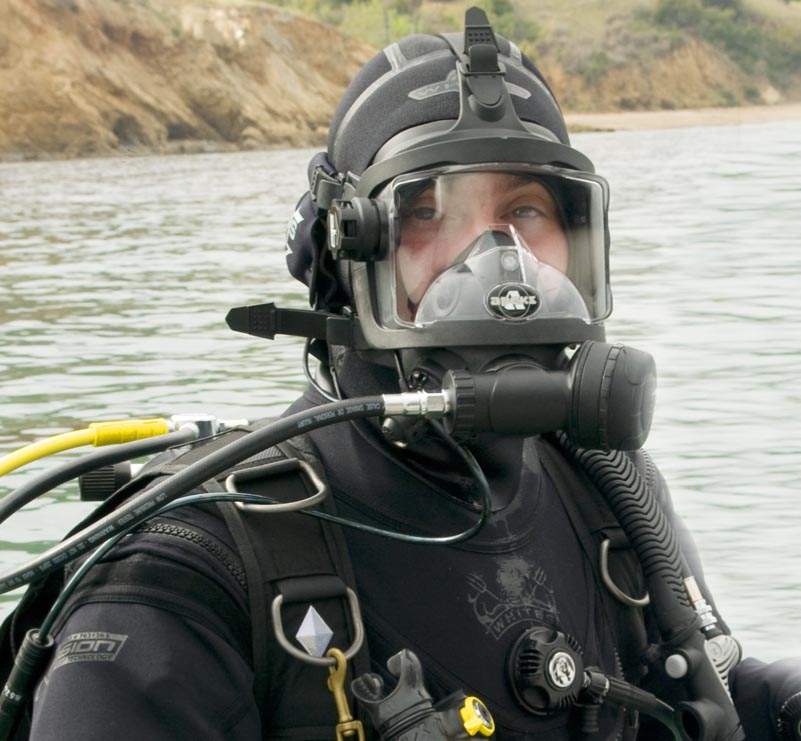
Full Face Mask Diver
A full-face mask (FFM) allows divers to breathe through both their nose and mouth. This can be more comfortable for some and others just find it a nice option. Many people find it easier to breathe in a FFM and they are definitely a lot quieter.
A FFM offers a wider range of vision and they are designed to prevent fogging up. Also, if a diver happens to panic or faint during a dive they are safer in a FFM because they will be able to continue breathing normally. Opposed to a traditional regulator which can be spit out.
Many FFM are equipped with communication systems that work similar to walkie-talkies. Quality ones usually start around $1,000 and go up. However it does offer divers a unique opportunity to communicate underwater.
The Full Face Mask PADI course will go over the different types of full-face masks and how to use each one correctly. Other important elements covered include:
- Preparing a full face mask for a dive
- Adjusting and clearing the mask underwater
- Responding to air-related emergencies
Some divers have trouble equalizing in full-face masks but upon completion of the course, students will have a high level of confidence in the water.
Divers will first practice basic skills in the mask in shallow or contained water. Then they will move on to complete 2 full dives in the FFM. The knowledge portion of the course is available online but the practical parts need to be completed in person and with a certified instructor. Expect the course to take 1-2 days to complete.

Dive Against Debris
Dive against debris is a course designed to bring awareness to pollution in waterways. It is a worldwide program that encourages divers to remove, track, and dispose of trash and debris.
The program is scientifically based and is made up of nearly 90,000 divers. As a result close to 2 million pieces of trash have been identified and removed from waterways.
Dive Against Debris is part of Project AWARE which is an organization dedicated to preserving oceans by implementing actions by each individual person.
The course educates divers about various types of debris and how they affect marine life. Participants will learn how to report their findings along with site locations. In addition, divers will learn about specific equipment used for debris removal and how to use photography to benefit the program.
You’ll learn:
- Impact of debris on ecosystems and marine life
- Active ways to reduce personal contributions
- How to survey for debris
- Tracking and reporting debris
- Effective ways to remove debris including larger items
By reporting debris findings divers help initiate immediate change and drive future change through local and national government policy change.
The course takes 1 day to complete and consists of 1 open water dive. All fees paid to take the course are 100% donated to Project AWARE.
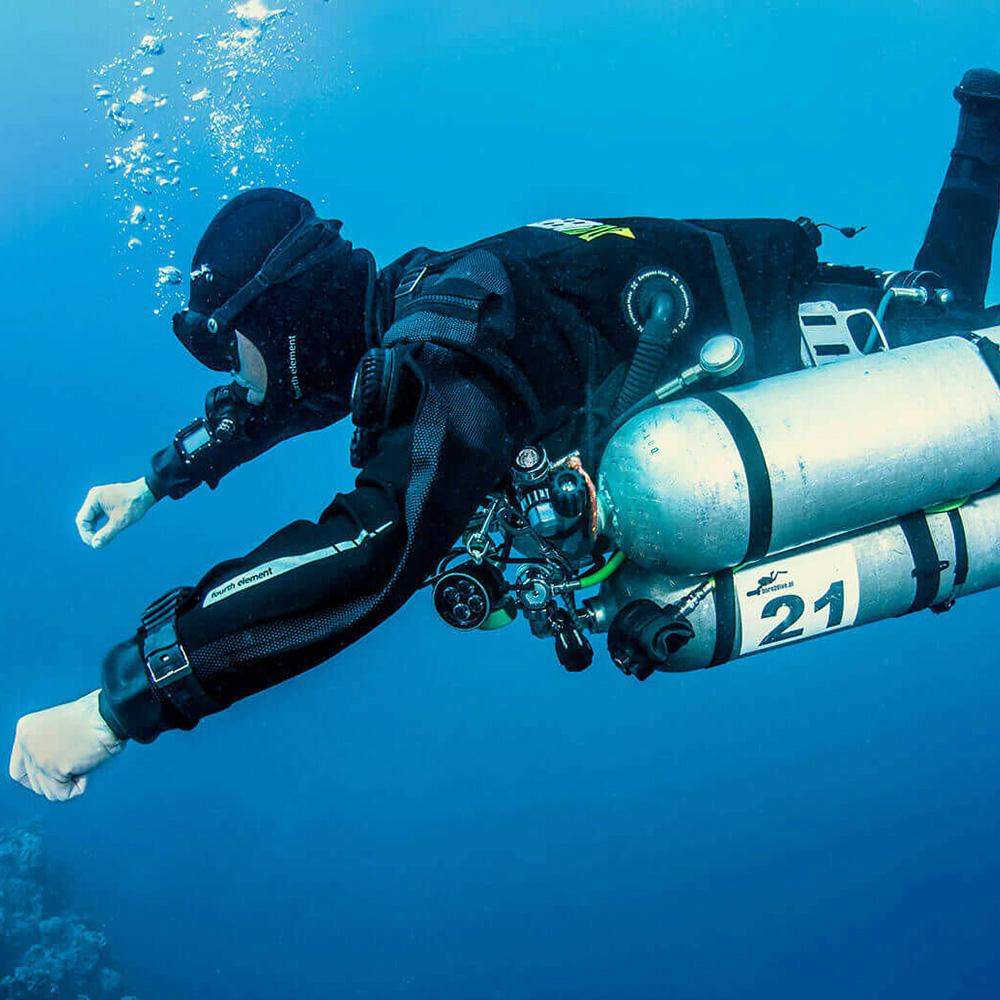
Sidemount Diver
Anyone who has ever done a shore dive and walked across sand in full scuba gear knows how heavy the air tank is. How nice would it be to not have to trudge through the sand with all that weight?
Divers usually carry the air tank on their backs however, side-mount divers carry it on their sides. This type of system streamlines divers and offers more flexibility. It’s also much easier to walk to a shore dive site while geared up.
The side-mount system reduces drag and many divers actually find it more comfortable. Dives are usually conducted with two smaller tanks of air so that it’s easier to maneuver underwater and stay balanced.
The side-mount is also handy when exploring caves, tunnels or other confined spaces. Taking the course and having the skill enables you to be a more diverse diver.
The tanks are attached using clips that connect to the diver’s chest or using bungee systems to hold everything in place. The majority of technical divers use this system of side-mount with multiple tanks to extend dive times.
You’ll learn:
- Assembly system
- Weight system differences
- Buoyancy control
- Switching between tanks on multi-tank dives
- Emergency situations
The course consists of knowledge and classwork as well as 1 confined water dive and 3 open water dives. You can expect to spend 2 days completing

Multilevel Diver
Dives often range in depth going from shallow to deep and back up to shallow. This range of depth is known as multilevel diving and is very common on wreck dives.
Multilevel diving allows divers to go into deeper waters for shorter periods of time. This helps maintain a shallower overall depth average which increases dive times, reduces air consumption, and reduces safety stop time.
Most dives include some degree of multilevel diving especially during wreck, wall, cavern, drift, and deep dives.
The multilevel dive course is all about dive depth and how to use dive computers. It’s a great way to better understand how depth affects dive times and how computers calculate varying depth ranges. It also increases diver awareness and promotes regular depth gauge checking.
The course educates divers about varying dive levels and how to plan multilevel dives. This maximizes dive times and shows divers how dive computers work. Students will also learn about the eRDPML, the digital version of a multilevel dive planner. Including how it works and how to plan dives with it.
What you’ll learn:
- Planning a multilevel dive
- How to calculate multilevel dives
- Procedure and technique
- Best ways to maximize dive times
- Emergency situations
After the knowledge-based section divers will complete 2 full dives including planning and executing multilevel dives.
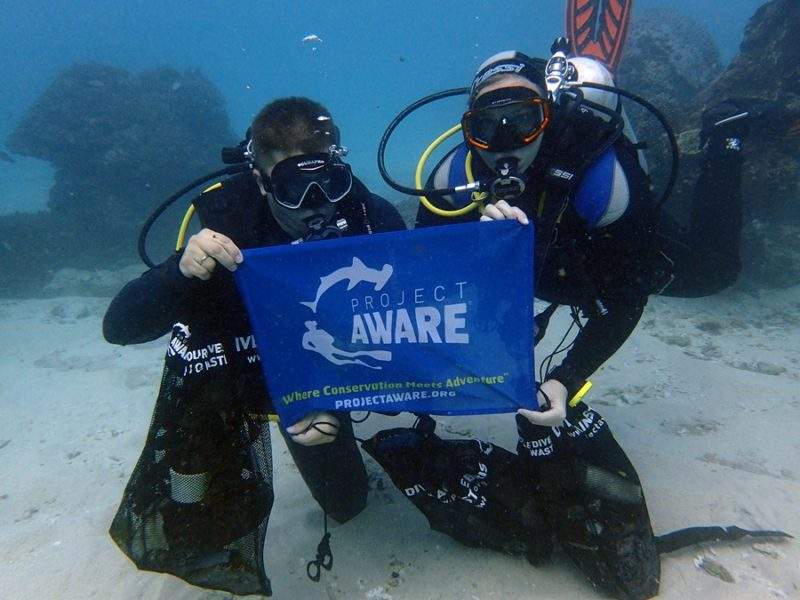
Project AWARE Specialist
Project AWARE is focused on the health and vitality of the waters and marine life. It is a nonprofit organization operating in the USA, Australia, and the UK. AWARE focuses on personal actions and how each person can contribute to cleaner and more sustainable oceans.
PADI created Project AWARE in 1989 as a way to bring awareness and change ethics surrounding the oceans. Even though Project AWARE and PADI are separate organizations they work as close partners to achieve similar goals of cleaner oceans.
Project AWARE emphasizes ways everyone can help protect oceans while both diving and traveling. Each student will outline personal ways they can take action to help the cause and how to start implementing them.
The course is completely educational based and there are no dives required for completion. It only takes about 1 day to complete. The course is open to divers as well as non-divers who seek to learn more about the environmental impact each of us has on our waters.

Ice Diver
Ice diving is arguably one of the coolest dive experiences you can have. As you slip through a hole in a thick sheet of ice and plunge into freezing cold waters, you are met with incredible visibility, unique terrain, and interesting marine life.
Ice diving is reserved for the wild divers who seek out impressive dive sites to explore and test personal limits.
The ice diver course is said to be the most challenging and adventurous specialty courses PADI offers. It’s a course that is unmatched in skills and uniqueness.
Ice diving is done with more teamwork than traditional diving. The course outlines the increased emphasis teams have in ice diving and how to effectively rely on each other. All participants must be advanced open water certified to signup.
The course showcases specialized equipment, safety line securing, hand signals, and emergency procedures. Other vital parts of the course are:
- Different types of ice
- How to choose a dive site
- Temperature impact on divers
Since ice divers enter and exit the water through the same hole, divers need to have a greater awareness of air consumption and navigation skills. All of this is covered in the course though.
A total of 3 successful dives are completed under close supervision to complete the course. Expect the course to take 2 days to complete.
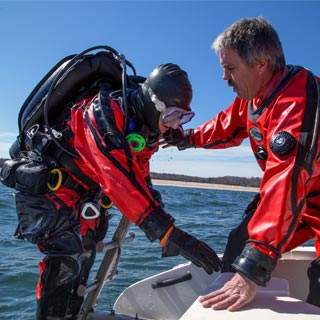
Drysuit Diver
A dry suit is a form of protective gear that keeps divers dry and can extend dive times. They work by sealing off at the feet, wrists, and neck to prevent any water from getting in.
Dry suits are worn in waters that are 60 F (16 C) or below. The suit itself is not enough protection from cold waters so divers wear undergarments for insulation.
Dry suits have an air valve that inflates and deflates the suit according to varying dive depth. These types of suits are used in cold waters instead of traditional wetsuits because they keep the user dry.
Since the suit uses air there is a learning curve with them. Divers need to understand how to control buoyancy to prevent accidental ascending or unexpected emergencies.
Learning how to use a dry suit is ideal for divers who are interested in ice diving, live in cold climates or anyone interested in cold water search and rescue diving.
In the PADI course you will learn:
- Different styles of dry suits
- Which garments to wear under a dry suit
- How to care for a dry suit
- Proper technique for putting on the suit
- Best ways to control buoyancy in a dry suit
Another interesting aspect of the course is learning how to maneuver in a dry suit. During training, divers will practice moving in all directions including turning upside down. It’s really important (and fun) for divers to understand and practice this skill.
Students will complete 1 confined water dive and 2 open water dives in a dry suit. There is also some knowledge-based classroom work included in the course. It only takes 1 day to complete but can also be spread out over 2 days.
